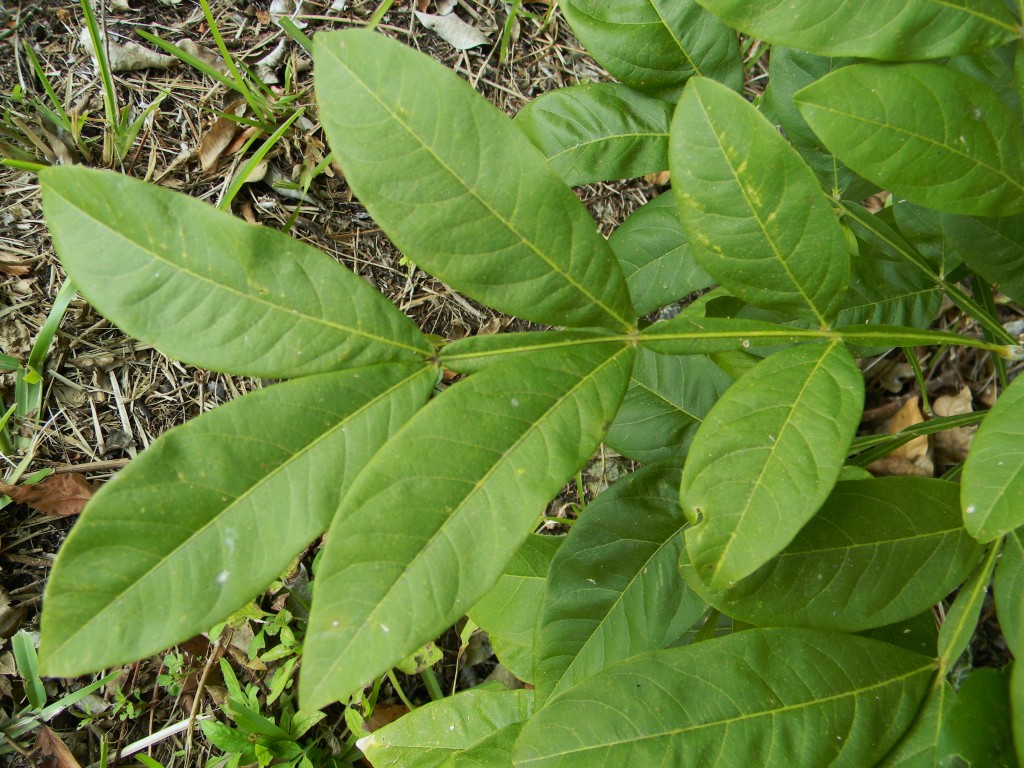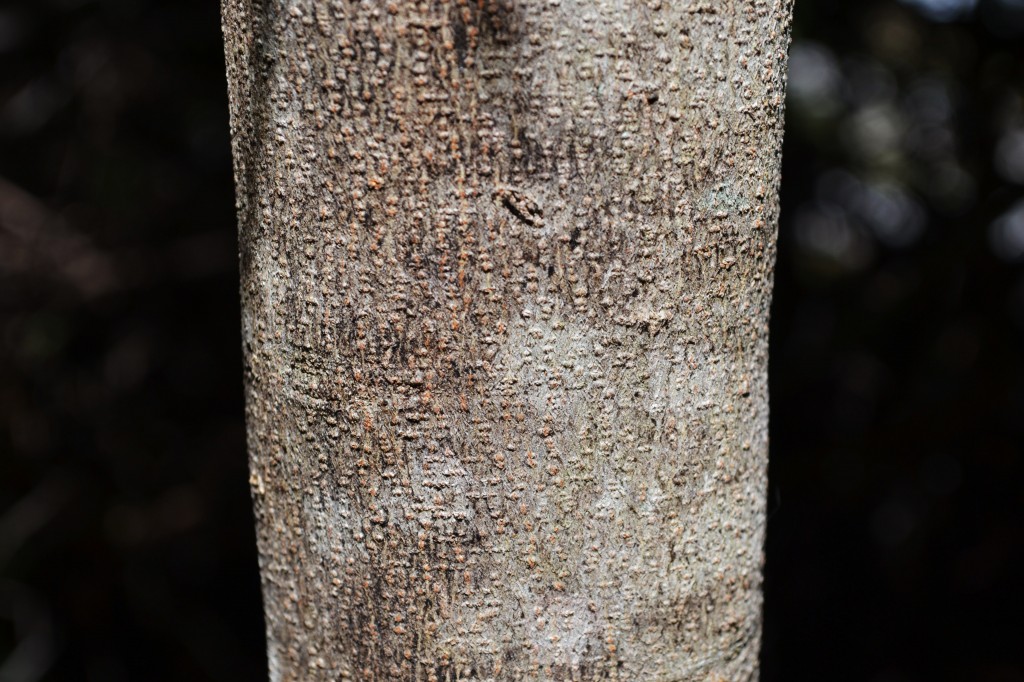Soapberry
(Wingleaf Soapberry)
Sapindus saponaria
Plant Family: Sapindaceae
Leaves: Alternate, once-compound, winged, with 6 to 8 elliptic leaflets; sometimes there is a terminal leaflet.
Bark: Gray to tan-colored, smooth on young trees, becoming rougher with reddish brown patches on older trees.
Flowers: Monoecious, small, cream colored, in loose terminal panicles; summer into fall.
Fruits: Orange-brown berries called soap nuts, to 2cm in diameter, enclosing a single black seed; fall to winter and persisting for several weeks.
Habitat: Hammocks, coastal scrub.
Growth Form: Small tree.
Key Feature: The alternate, compound leaves with a winged rachis separate it from other hammock trees.
Comments: Soapberry ranges south to the West Indies, Mexico, and Central and South America. The generic name Sapindus means “soap of the Indians”; the berries contain saponin, a natural soap that can be used on the skin or as a laundry detergent. Native people have also used it medicinally to treat skin disorders.


